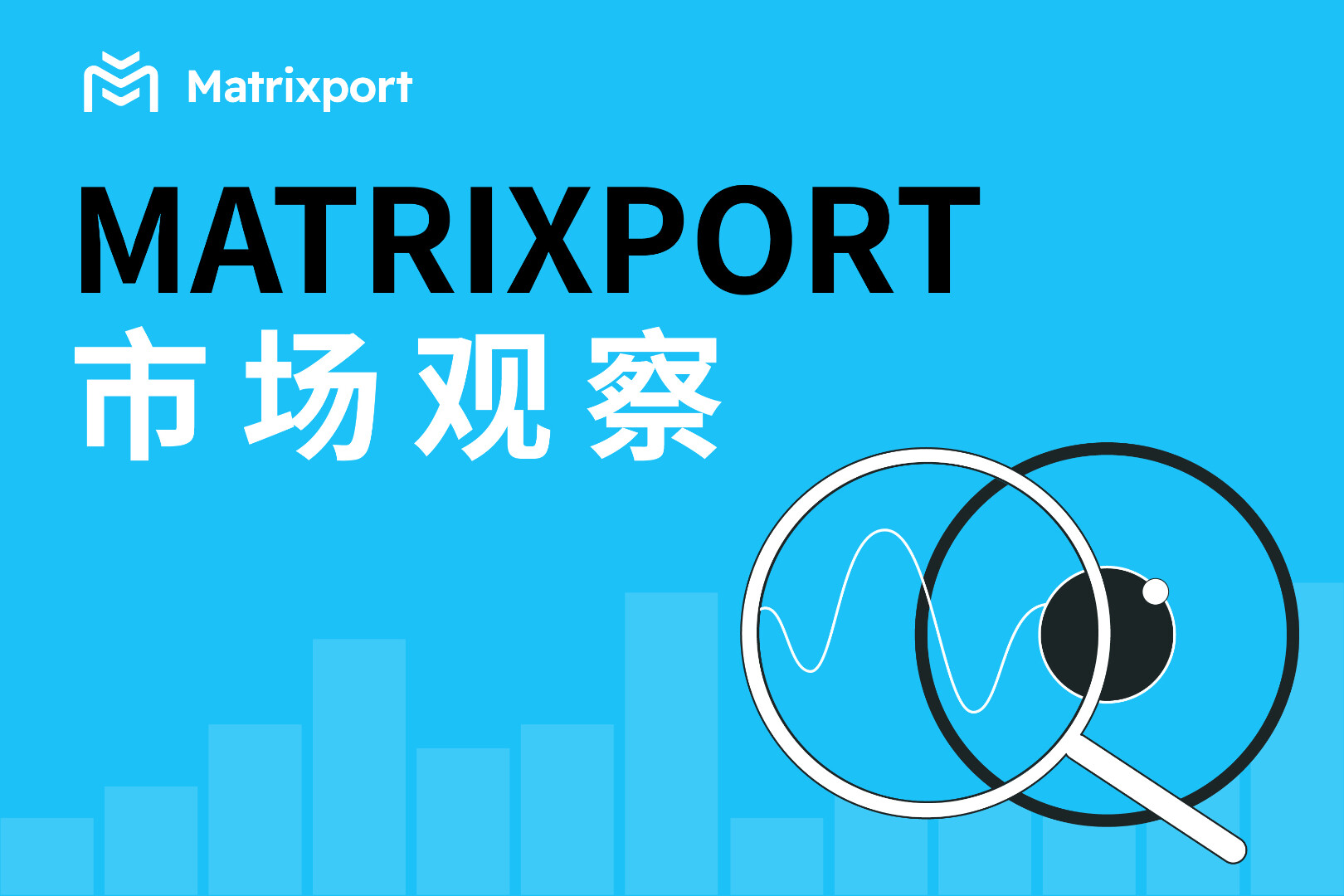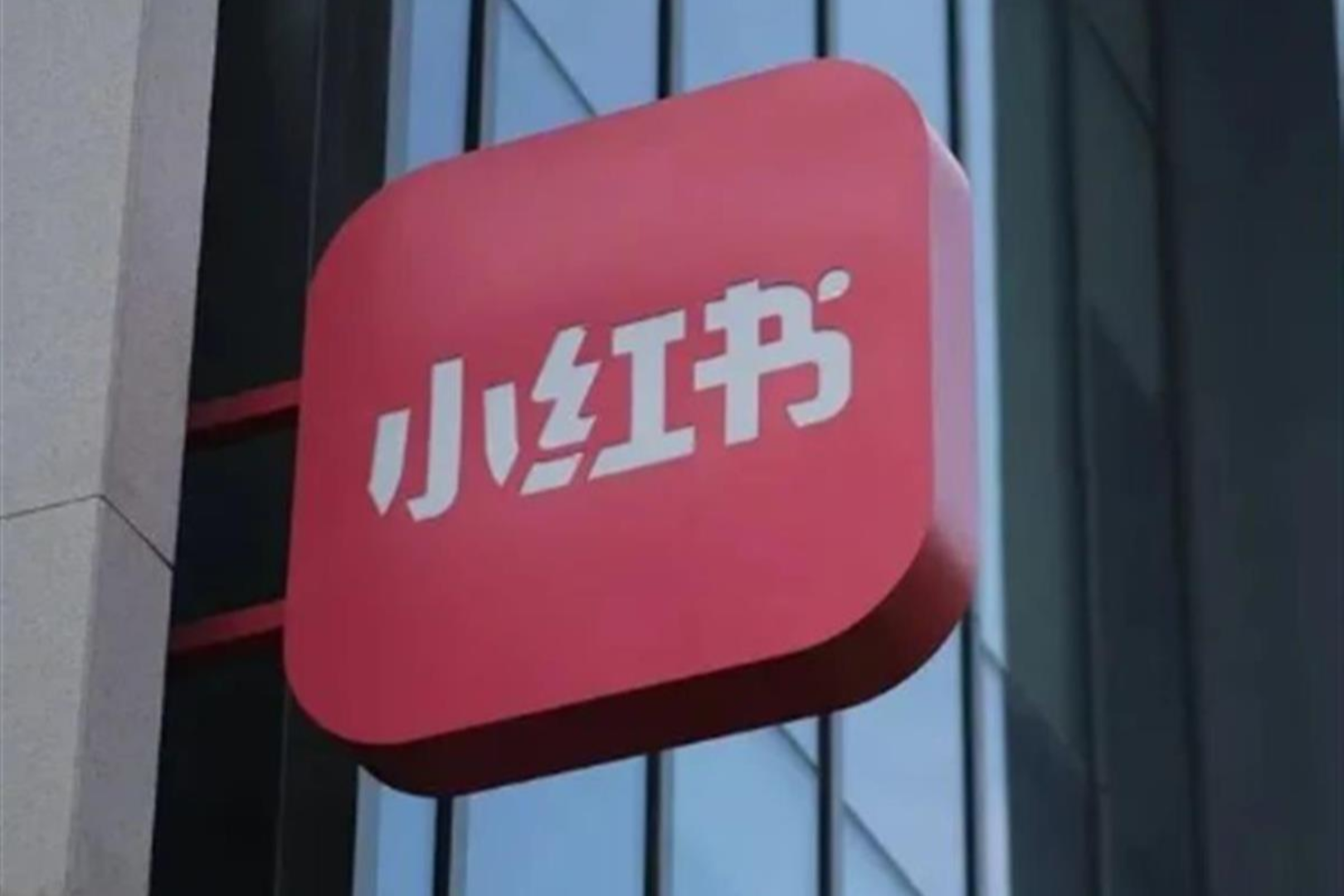
Produced | Odaily
Editor | Hao Fangzhou
Produced | Odaily

On December 1st, Ethereum 2.0 launched the genesis block, phase 0 (beacon chain) went online, and the "king of public chains" officially entered the road of POS+ expansion.
However, due to the slow development progress of Ethereum sharding, in a recent core developer meeting, Vitalik said that he may abandon the sharding expansion plan in Ethereum 2.0 and participate in the vertical expansion plan of rollup. The deployment of sharding may be postponed to Ethereum 3.0.
In fact, "blocked expansion" does not only plague Ethereum. Since the initial prosperity of the Ethereum ecosystem in 2018,Blockchain performance has always been criticized, and it is regarded as one of the "flaws" that hinder the large-scale implementation of applications.At that time, the public chain track was full of flowers, and many projects known as "Ethereum killers" came up with new consensus mechanisms and various expansion solutions, trying to benchmark traditional Internet systems on TPS, breaking through decentralization, scalability, The "impossible triangle" of security.
However, from theory to implementation, there are too many problems to overcome, and the star projects that have been tried on Layer 1 and Layer 2 are also making slow progress. In 2019, withMarlinThe emergence of the Layer 0 expansion scheme represented by the representative, which provides a new solution to the expansion dilemma of the public chain and DApp.
The positioning of Marlin is to effectively improve the communication efficiency between nodes. Compared with the previous expansion scheme, this is a different-dimensional and lower-level innovative breakthrough, which has the opportunity to bring communication from the "horse carriage era" to the "train era". At the same time, Marlin does not conflict with the expansion plans of other layers. If combined, it is equivalent to adding maglev to the train, and the speed will be faster.
secondary title
What are the advantages and disadvantages of the expansion solutions on different layers?
When most people come into contact with Marlin for the first time, they may be "stumbled" by the concept of Layer 0. Here, let me explain Layer 0 first.
image description
Picture fromPopular Science China
The so-called Layer 1 and Layer 2 expansion technologies of the blockchain project correspond to the improvement of the 5-7 layers of the Internet architecture, while the Layer 0 of the blockchain corresponds to the 1-4 layers of the Internet.
In practice, due to the security and stability of the Layer 1 executive consensus, the advantage of the Layer 1 expansion solution lies in the high reliability of data, but the difficulty lies in the complexity of the structure, such as communication between shards and smart contract calls.
Layer 2 generally refers to the protocol based on the blockchain system (Layer 1) that connects the on-chain and off-chain. Layer 2 moves a large number of calculations from the chain to the off-chain, while maintaining the security of the Layer 1 network, it achieves high-throughput state generation. In the event of disputes, Layer 1 is still the final arbiter. However, the problem with Layer 2 is that the process of restoring the security of the main chain is relatively expensive (and often needs to be coordinated with more complex economic mechanisms). For example, the recharge and withdrawal of Plasma channels cannot share the security of the main chain. Loose coupling makes Transaction errors, etc. are prone to occur in the state channel.
So what is Layer 0?
Siddhartha Dutta, founder and CEO of Marlin, was atmedia interviewsaid, "Blockchain is essentially a decentralized system, where a large number of nodes agree on a piece of information. The algorithm by which nodes reach consensus is often referred to as Layer 1. However, this protocol process requires different nodes to communicate with each other through the network, this communication layer is the so-called Layer 0.”
In blockchain projects, the communication layer is the bottom layer of the consensus layer and serves the consensus layer.This makes the Layer 0 scaling solution more widely applicable.
In addition to helping Layer 1 projects achieve pluggable expansion, Marlin can also provide acceleration services for applications built on P2P networks. In addition, some applications that seek to achieve privacy at the communication layer can also be implemented with Marlin. This means that,Marlin and other layer scaling solutions are not mutually exclusive. In theory, any other blockchain project (including public chains and DAPPs) can be combined with Marlin to further increase network throughput and achieve re-acceleration.
Siddhartha once used DeFi as an example to introduce, "Marlin's relay framework can provide peripheral interfaces, which provide DeFi traders with the advantage of low latency. In the early start-up stage of DApp, query Infura (Web3 Provider to help DApp access Ethereum), Alchemy (blockchain node reader), and The Graph (Blockchain data search engine) and other APIs, the load time is often as high as 10 seconds, which is very slow. Marlin Cache can reduce this latency to about 250 milliseconds, enabling Web 2.0-like performance in DApps. "
secondary title
A brief introduction to Marlin's technical principles and network roles
(Odaily note:
(Odaily note:CDN, Content Delivery Network, refers to the intelligent virtual network built on the basis of the existing network. Relying on the edge servers deployed in various places, through the load balancing, content distribution, scheduling and other functional modules of the central platform, users can obtain the required content nearby and reduce network congestion. Improve user access response speed and hit rate. )
The composition of the relay network is inseparable fromVerifier:
1、Verifiertechnical documentation
according totechnical documentation, if you want to speed up the Ethereum network, two virtual CPUs + 8G storage + 375GB solid state drives are enough
2、 auditorminer
3、 minerfull node
4、 full node: Use the Marlin network to receive the latest transaction information of the public chain you are interested in (in order to prevent resource occupation, you need to pay for subscribing to this service).
In addition to auditors, participants can "part-time" other roles mentioned above, for example, miners or full nodes can also become validators.
This also means,Marlin is bringing a new incentive scheme to the existing full nodes and miners on each public chain, that is, to run the relay node and earn income while performing the original work.secondary title
Token mechanism encourages everyone to participate in expansion construction
Marlin encourages more people to join the network, contribute bandwidth, and assist blockchain expansion.
That being the case, as with other decentralized protocols, incentives are critical to the supply side of the "blockchain bandwidth market". The greater the incentive, the more motivated people are to participate, the stronger the network effect of Marlin, and a virtuous circle is formed on both sides of supply and demand.
Next, Odaily will introduce the economic mechanism of Marlin.
Marlin’s token is called POND, with a total supply of 10 billion. It is mainly used to motivate people to participate in the network with the four types of identities (mentioned above), and to reward validators for staking.
One million PONDs can be cast into one MPOND (also known as LIN), and in turn, one MPOND can also be exchanged for one million PONDs (but there will be a delay). The reason why two coins are designed is (as far as I guess) for ease of calculation. Because the threshold for each relay node to participate in the network is 1 MPOND, in addition, only MPOND holders can have proposals and voting rights in POND governance, which raises the governance threshold in disguise and prevents the "herd effect".
To distribute tokens to key community members (auditors and miners), Marlinofficial announcementThere will be no public sale, but a direct distribution to participants.
4.3% of the total POND supply will be distributed to participants in The eggnet (Marlin's second network phase, detailed later). There are two distribution modes: Eggnet relayers (testnet relay network) and FlowMint gateways (gateway). The former aims to incentivize the supply side of the network to guide decentralized node clusters, while the latter is used to encourage the use of the network and improve bandwidth liquidity.
Specifically,In the next 24 months, 20% of the MPOND genesis supply will also be distributed to different public chain communities through FlowMint. FlowMint has been officially launched on December 15th, and the first batch of MPOND will be issued to holders of ATOM, DOT, IRIS, MATIC, NEAR and other tokens (reminder: verifiers need to be included in the whitelist to ensure that they and other Delegators are eligible to participate in this MPOND distribution.)Click hereClick hereGet more detailed guidance.
To summarize, internally, Marlin adopts a reasonable staking and slashing mechanism to balance the participation enthusiasm and speculative motivation of validators, so that the interests of different roles can be mutually restricted, and the network can be jointly built to improve inter-block information The transmission speed, to achieve higher network throughput. Externally, Marlin uses a fair and novel token distribution mechanism to show friendliness to network builders, and also allows different public chain communities and application developers to more actively participate in expansion construction.
Marlin also on December 8Announced a series of test network operation results and observed phenomenasecondary title
From developing Zilliqa to founding Marlin, why did Siddhartha attract the favor of Binance Labs?
Marlin was in June 2019Received $3 million in seed funding from investors including Binance Labs, Arrington XRP Capital, Electric Capital, and NGC Ventures.Marlin also became Binance Labs in 2019The second incubation planOne of the 13 start-ups in China.
Then why did the Marlin team win the favor of many top capitals such as Binance Labs?
Marlin's team has solid technical strength and rich experience. Almost all core developers come from famous schools such as Stanford, MIT and Indian Institute of Technology, and most of them have experience in blockchain development. Co-founder Prateesh Goya has a Ph.D. in computer science from the Massachusetts Institute of Technology. CTO Pratyaksh Sharma is a graduate of Stanford, has interned at Facebook and Pinterest, and has experience working at the Python Software Foundation. The team also invited six advisors to join the advisory board, including former BitTorrent CEO Rogelio Choy.
secondary title
Marlin's current progress and next stage planning
In an innovative field where there are not many predecessors to refer to, Marlin's progress from theory to practice is still in line with expectations.
On July 9 this year, Marlin officially released the OpenWaver framework. The OpenWaver framework uses CDN and relay node technology to accelerate the information transmission of each node in the blockchain network; it supports multiple programming languages and can be used as a pluggable network module for different blockchain networks. At the same time, OpenWaver has its own incentive system and a built-in micropayment system to reward relay nodes.
image description
Odaily organizes its network stages according to Marlin's roadmap
Additionally, The larvanet, a new phase of development in the transition to an incentivized network, will launch this month and will support MPOND staking.
In addition to the acceleration of technology development, in terms of business development, Marlin has reached strategic cooperation with projects such as Matic Network, Murmur, WandX and Holochain at the beginning of this year to accelerate the adoption of Marlin SDK.(Odaily Note: Pluggable expansion is the expansion concept brought by Marlin, which is realized through simple SDK integration, similar to the pluggable consensus Tendermint.)
In general, Marlin adopts progressive network deployment, which will be more beneficial for ecosystem development protocols in their infancy.Compared with the more common Layer 1 and Layer 2 expansion solutions, Marlin chose the Layer 0 track, which is still in the early stage of development and is lower. It faces less competition and has a broad market prospect. However, because the technology is still at an early stage and is mainly based on theory, there is little experience that can be used for reference, and there are many unknown risks.In the future, if the Layer 0 solution represented by Marlin makes significant progress, it is expected to complement the expansion solutions of other layers, further enhance the network throughput of any public chain, and promote the ecological prosperity on the chain.
white paper:
white paper:https://www.marlin.pro/whitepaper
Official Twitter:https://www.marlin.pro/blog/
Official Twitter:https://twitter.com/Marlin /
or participate in the community (https://t.me/marlin_zh)discuss





